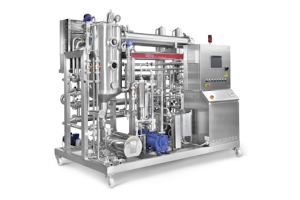RECOVERY PROCESS OF LIQUID FOODS THROUGH THE TECHNOLOGY OF MEMBRANES OR CONCENTRATORS
We have thought of a simple way to keep you informed about news and what we can propose, for instance new technologies or perhaps new in the egg products sector but already successfully used in other foodstuffs.
We hope you will appreciate this initiative that wants to open a dialogue with you through a Newsletter that you will receive every four months and, if you want, it will be a pleasure to organize a visit to you or even better if you come to visit us in our factory where you will be welcome and receiveby specialized technicians, according to the matter to discuss, and I assure you that you will see interesting technologies both for Radiofrequency and for Liquids Processes, treated by STALAM and REDA.
Today, with the Newsletter #1, we begin to present the recovery process of liquid foods through the technology of Membranes or Concentrators, technologies that REDA has been producing successfully in various sectors of the Food industry for years.
REDA not only holds the process knowledge, but produces these plants inside its factory.
The difference between the two systems is simple, but first and foremost why using these processes in egg pasteurization plants?
The issue of the water/product mix in the thrusts during working or cleaning phases is sometimes a problem for the losses. The membrane system retains, through a filtration, the egg parts by letting pass the water. On the contrary, with the concentration system, the water comes separated through an evaporation by concentrating the product to the desired concentration. Doing so, the water added during the process steps or cleaning will be removed. We can add that both systems are efficient and the difference depends on the quantity of water to be removed or filtered. For my experience I think that the concentration system (see the picture below), is a more suitable system for the egg sector because we are not in the presence of very large masses of product, as happens in the dairy sector instead.
But how does it work?
The “stand-alone” system, i.e. the concentration system, evaporates the water base by concentrating the wastewater at the desired concentration, so to remove the added water during the pushing phase in the treatment process. Equipped with an heat pump, the CM concentrator is extremely simple to install and use.
The evaporation temperature (20-24°C) guarantees that the product does not suffer any organoleptic damage. The unit does not need any auxiliary service (electricity only) and must be connected to the waste water collection tank. Placed in recirculation, the system extracts only the added water. The CIP cleaning is performed in recirculation and it’s very simple and quick. Both the egg white and the mixture and the yolk can be processed and the products will be recovered entirely.

